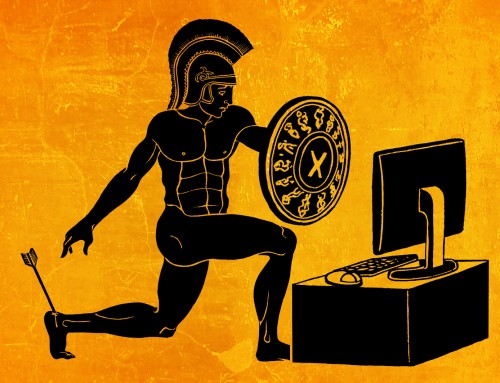Zero-day protection
Zero-day protection threats are continuously changing in today’s link world, posing serious risks to people, businesses, and even entire nations. Zero-day vulnerabilities stand out among these threats as being highly harmful. Software flaws known as “zero-day vulnerabilities” are those that the software vendor is unaware of and for which there is currently no official patch or fix. Organisations must implement efficient zero-day security measures because cybercriminals use these vulnerabilities before they are patch, reducing the dangers brought on by such assaults.
Understanding Zero-Day Vulnerabilities
Hackers who take advantage of undiscover software defects create zero-day vulnerabilities. These flaws can be detect in a variety of software parts, such as operating systems, web browsers, and well-known programmes. Zero-day vulnerabilities pose a serious danger to cybersecurity since they are frequently use by attackers to execute target assaults, steal sensitive data, or gain unauthorized access to systems.
Regular Software Updates
Reducing the danger of zero-day attacks requires keeping operating systems and software up to date. As vulnerabilities are found, software providers routinely publish fixes and updates to remedy them. To guarantee the timely distribution of these updates, organisations should set up a strong patch management system.
Network Segmentation
The impact of zero-day attacks can be reduc by implementing network segmentation. Organisations can limit an attack’s damage by segmenting the network into smaller, more secluded chunks. With this strategy, it is harder for attackers to move laterally within the network, which lowers the risk of widespread compromise.
Application Whitelisting
When using application whitelisting, a list of software programmes that are permitted to operate on computers is compiled. This proactive technique assists in reducing the danger of zero-day attacks by preventing the execution of unauthoris or potentially harmful software.
Threat Intelligence and Monitoring
Keeping up with new threats is essential for zero-day defense. To learn about zero-day flaws, exploits, and indicators of compromise in real time, organisations should invest in threat intelligence services. Organisations can take proactive steps to improve their security posture by regularly monitoring and analysing potential threats.
User education and awareness
Successful zero-day attacks often include user mistakes. As a result, businesses should regularly perform cybersecurity awareness and training programmes to inform staff of the dangers of opening unexpected attachments, clicking on dubious links, and accessing infect websites. This knowledge can lessen the possibility of being a target of zero-day attacks.
Risks associated with zero-day vulnerabilities are serious for both individual and organisational security. Proactive steps must be done to guard against these invisible threats in order to reduce these risks. Organisations can significantly improve their ability to defend against zero-day attacks by implementing a thorough zero-day protection strategy that includes regular software updates, sophisticated detection systems, network segmentation, application whitelisting, threat intelligence, and user training. To stay one step ahead of cybercriminals in a threat environment that is constantly changing, it is essential to maintain constant attention along with a proactive, multi-layered defence strategy.
RAM Antivirus Zero Day Protection is the ability to provide protection against Zero Day exploits. Since zero-day attacks are generally unknown to the public, it is often difficult to defend against them. Zero-day attacks are often effective against “secure” networks and can remain undetected even after launch.





